|

On eBay Now...
1880 Field Marshal Sir Charles Yorke to General Sir Martin Dillon For Sale
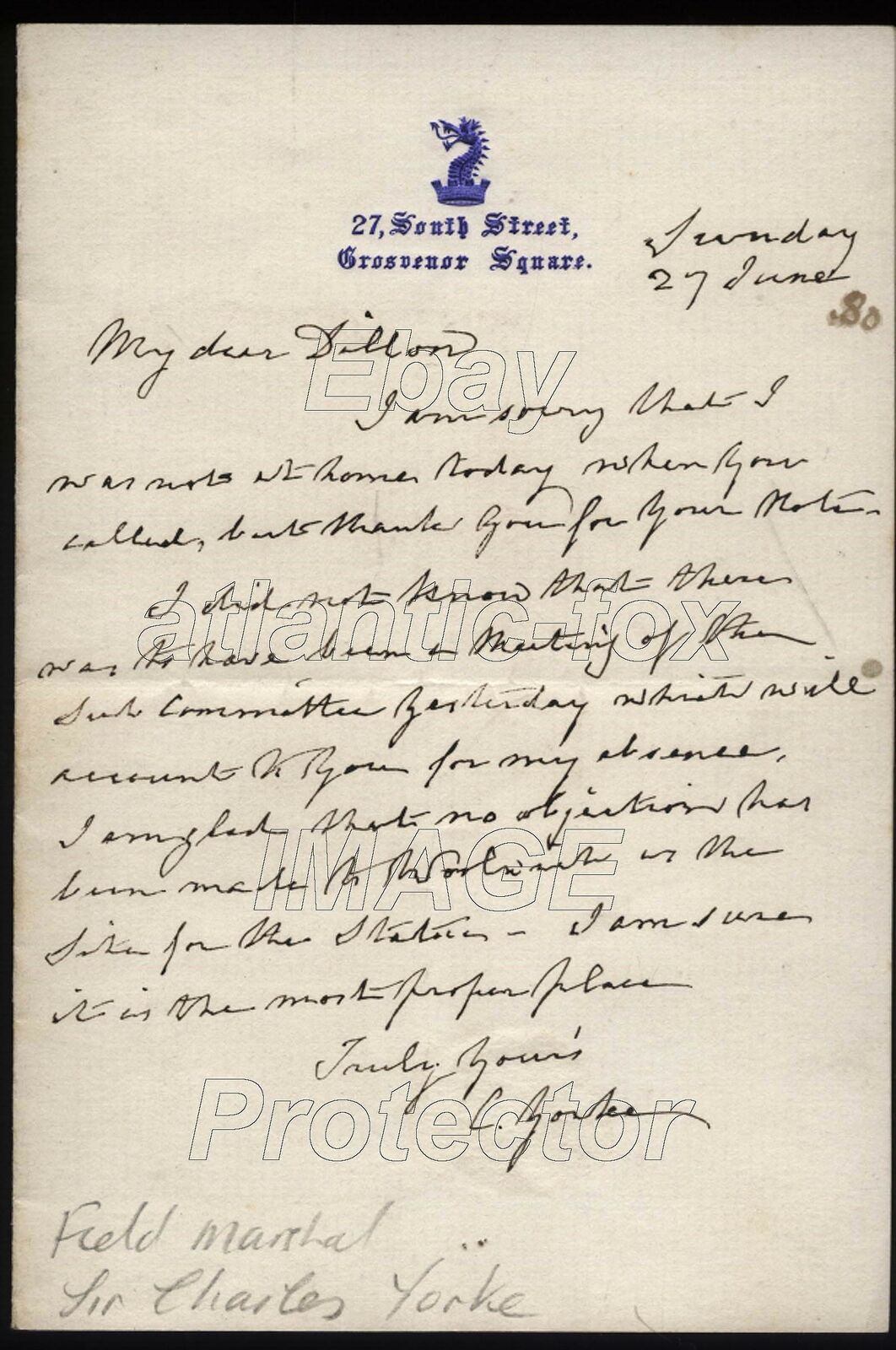
When you click on links to various merchants on this site and make a purchase, this can result in this site earning a commission. Affiliate programs and affiliations include, but are not limited to, the eBay Partner Network.

1880 Field Marshal Sir Charles Yorke to General Sir Martin Dillon:
$93.68
1880 Field Marshal Sir Charles Yorke , 27 South Street, Grosvenor Squareto General Sir Martin Dillon, writing to him not long before his Death concerning a station being made at Woolwich. Field Marshal Sir Charles Yorke GCB (7 December 1790 – 20 November 1880) was a senior British Army officer. He fought in many of the battles of the Peninsular War and of the Hundred Days, seeing action as an extra aide-de-camp to Major-General Frederick Adam, commander of the 3rd Light Brigade, at the Battle of Waterloo. After that he became Deputy Commander of the British forces in South Africa during the latter stages of the Eighth Xhosa War. He went on to be Military Secretary, ultimately earning promotion to field marshal for his competence in that role. Military career Born the son of Colonel John Yorke and Juliana Yorke (née Dodd),[1] Yorke was commissioned as an ensign in the 35th Regiment of Foot on 22 January 1808.[2] Promoted to lieutenant on 18 February 1808, he transferred to the 52nd Light Infantry and served with that Regiment in the Peninsular War.[2] During the War he was at present at the Battle of Vimeiro in August 1808, the Battle of Fuentes de Oñoro in May 1811, the Battle of Ciudad Rodrigo in January 1812 and at the Battle of Badajoz in April 1812, where he was wounded.[2] After recovering, he went on to take part in the Battle of Salamanca in July 1812, the Battle of Vitoria in June 1813, the Battle of the Pyrenees in July 1813, the Battle of Nivelle in November 1813 and the Battle of the Nive in December 1813.[2] After promotion to captain on 20 January 1814,[3] he also fought at the Battle of Orthez in February 1814, where he was again wounded. Yorke also fought during the Hundred Days and served as an extra aide-de-camp to Major-General Frederick Adam, Commander of the 3rd Light Brigade, at the Battle of Waterloo in June 1815. Yorke transferred to the 13th Regiment of Foot on 7 August 1817 and exchanged back to the 52nd Light Infantry on 2 July 1818.[5] Promoted to major in an unattached company on 9 June 1825,[6] he became Inspecting Officer of Militia with the rank of lieutenant colonel on 30 November 1826.[2] Promoted to colonel on 23 November 1841, he became assistant quartermaster-general in Cork and later in Manchester.[2] In 1850 he was sent to South Africa as Deputy Commander of the British forces there, serving under General George Cathcart: he took part in the latter stages of the Eighth Xhosa War taking responsibility for rear area security and logistic support for the troops in the Transkei.[2] He was promoted to major-general on 11 November 1851. Yorke became Military Secretary in May 1854 (initially to Viscount Hardinge and then to the Duke of Cambridge) and, having been appointed Knight Commander of the Order of the Bath on 5 February 1856 and promoted to lieutenant general on 13 February 1859, he retired from active service in June 1860. He was advanced to Knight Grand Cross of the Order of the Bath on 29 June 1860 and appointed to a Royal Commission established in March 1863 to examine whether there had been any departures from the measures put in place to reorganise the Indian Army and merge it with the British Army following the Indian Mutiny. Promoted to full general on 5 September 1865, he was appointed Constable of the Tower in April 1875, a post he took up in July 1875, before being promoted to field marshal on 2 June 1877. Yorke was Colonel of the Duke of Wellington\'s Regiment (1855–1863)[18][19] and then of the 2nd Battalion, the Rifle Brigade (Prince Consort\'s Own).
He died at South Street in Mayfair on 20 November 1880 and was buried at Kensal Green Cemetery. Family Yorke never married and never had any children :
Powered by SixBit\'s eCommerce Solution

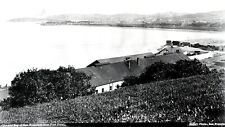
1880 SAN FRANCISCO TABER PHOTO~FORT POINT to PRESIDIO&CRISSY FIELD SITE~NEGATIVE $15.99
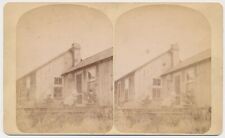
NEW YORK SV - Alfred area Home - Saunders 1880s RARE $28.00
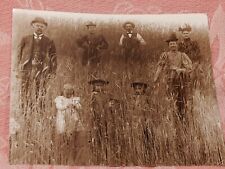
1880s Victorian Era Family In Wheat Field Photo Reprint $4.99
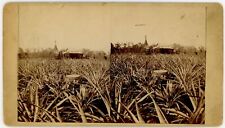
FLORIDA SV - Eustis - Pineapple Field - 1880s $55.00
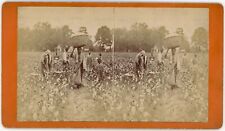
SOUTH CAROLINA SV - Aiken - Cotton Field - JA Palmer 1880s $150.00
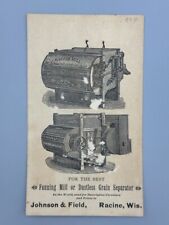
1880s RACINE Wisconsin JOHNSON & FIELD SEPARATOR Farm Advertising Trade Card $14.00
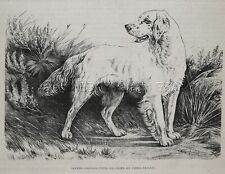
Dog English Setter (Breed Named) at Field Trials, 1880s Antique Print $99.95
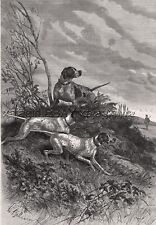
Dog Pointers Hunting in the Field (Named Kennel ID's) Large 1880s Antique Print $69.95
|